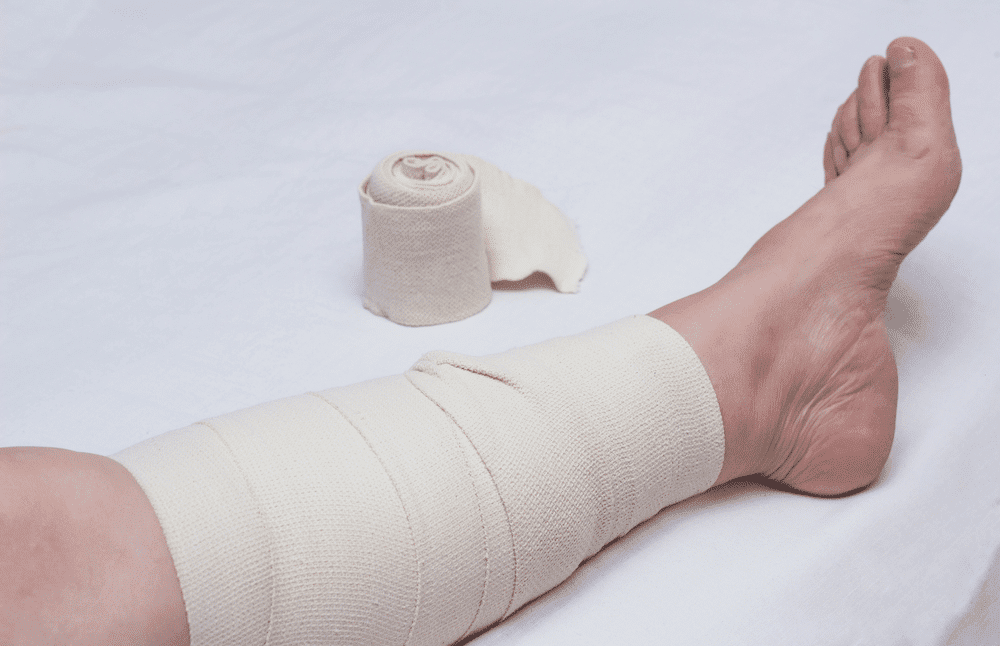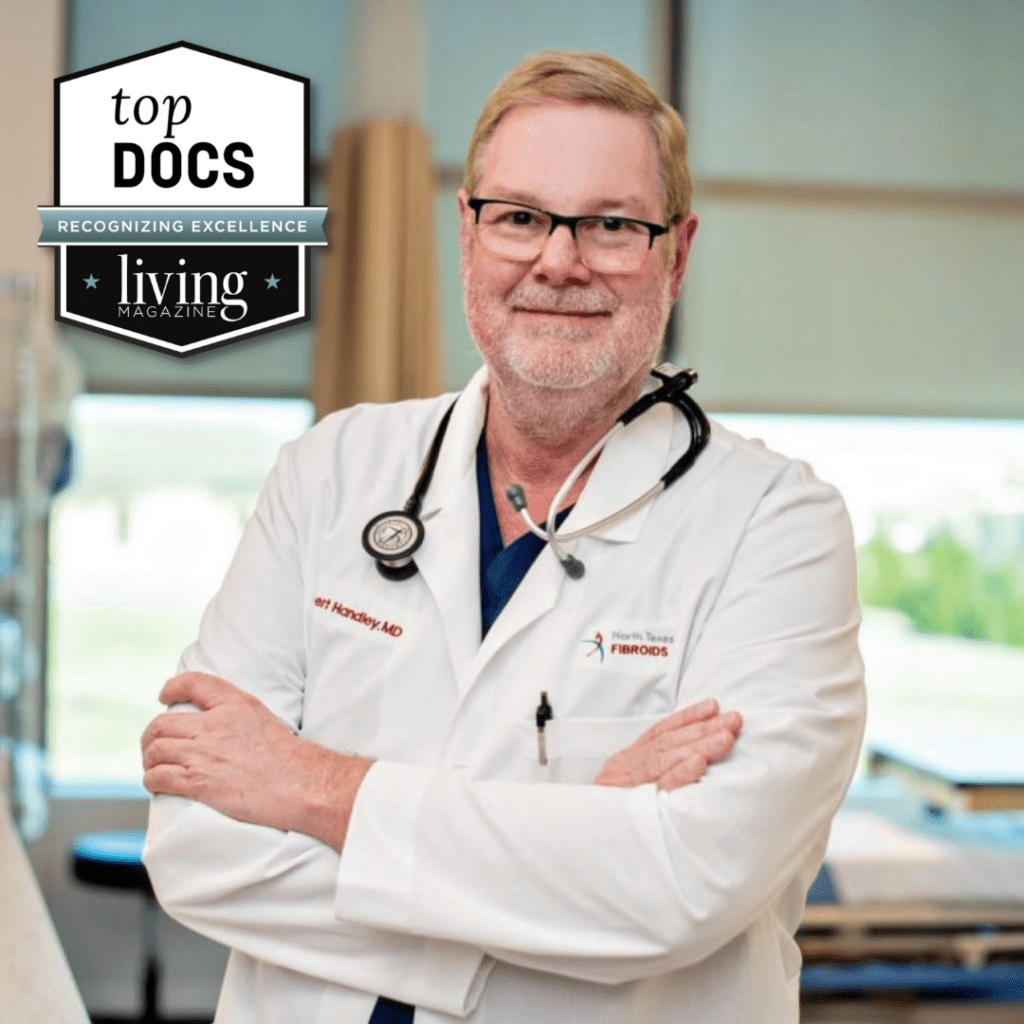If you have large, bulging blood vessels on your legs, you might have varicose veins. This vascular condition can lower your self-esteem and cause you to develop swelling issues, discomfort, and other physical problems. At North Texas Vein & Vascular in Flower Mound, Texas, we can use an ambulatory phlebectomy to treat this frustrating vein problem.
What Is Involved in an Ambulatory Phlebectomy?
If you have large varicose veins on your legs, we may advise you to address this vascular issue by getting an ambulatory phlebectomy. We will start your appointment by making temporary marks on the weakened veins that we are going to treat. Next, we will use a local anesthetic to numb the tissues around these veins.
Once you are ready, we will create very small incisions in your target area and use a hook to gently remove your weakened veins. After we have finished treating your veins, we will put bandages over your incisions. Removing your varicose veins will allow your blood to pass through the healthier veins in your legs.
How Long Will I Spend Recovering After My Appointment?
You will usually be able to quickly return to your normal schedule after we have removed your varicose veins. On average, your incisions will heal within about 10 to 14 days. During your recovery period, you should be prepared to return to our office in Flower Mound for a follow-up appointment. In addition, you may need to wear compression stockings for about seven days.
Will This Treatment Permanently Eliminate My Varicose Veins?
This treatment will permanently eliminate some of the varicose veins on your legs. During the next several months, the specific veins that we treated will not return. That said, you may develop varicose veins, spider veins, or other vascular issues in the future. If these weakened veins bother you, you might be able to address this problem by receiving a follow-up treatment.
Why Do I Have Varicose Veins?
Varicose veins are an extremely common vascular condition, and about 50% of people will develop this problem after they turn 50. Although anyone can experience this medical issue, there are certain characteristics that will increase a person’s risk of suffering from weakened veins.
Getting Older
All of your veins contain specialized valves that help your blood move through your vessels. Over time, these valves may have difficulty moving your blood in the correct direction. As your valves weaken, extra blood may collect inside your vessels, and your veins may become twisted and enlarged. You will become more likely to experience this health issue as you get older.
Going Through Pregnancy and Menopause
You will experience significant hormonal changes during pregnancy and menopause. These hormonal shifts may cause you to develop vascular issues during these times in your life.
In addition, more blood will begin to flow through your veins during pregnancy. Since this added blood flow will put extra pressure on your vascular system, varicose veins may appear on your legs. In general, your vein issues may begin to resolve about three months after you give birth.
Living a Sedentary Lifestyle
If you work in an office, you might spend a large amount of your time sitting at a desk while you use a computer. Remaining sedentary for long periods of time may put added pressure on your veins and increase your likelihood of experiencing vascular problems.
What Symptoms Are Associated With Varicose Veins?
When your blood vessels become weaker, you might experience a variety of unpleasant physical issues. In particular, developing varicose veins may cause your legs to ache and cramp. In addition, your legs or ankles may become swollen and uncomfortable, and you might feel a heavy sensation in your affected area. This vascular problem can also cause you to develop itching or burning feelings.
Over time, varicose veins can cause your skin to become discolored, and you may develop sores or open wounds. The texture of your skin could also change. These physical problems may prevent you from playing sports, doing chores around your house, and enjoying other social events and hobbies.
How Can I Diagnose This Vascular Issue?
If you have swelling problems, itchy feelings, or other symptoms, you should schedule an initial consultation at our office. During our first meeting, we will discuss the health issues that you are experiencing. We will also analyze the condition of your veins during a physical exam.
In addition, we may use an ultrasound device to give us more information about the varicose veins in your legs. This device will emit sound waves that can pass through your skin’s surface without incisions or injections. As a result, this test will be completely non-invasive. Performing this additional test will help us diagnose your vascular issues and recommend a suitable vein treatment for you.
What Other Methods Can I Use To Address My Weakened Veins?
Compression Stockings
If you diagnose your varicose veins at an early stage, you might be able to fix this issue by using medical-grade compression stockings. These special stockings can address your swelling problems and other symptoms by putting gentle pressure onto the veins in your lower legs. These powerful stockings have a variety of different strengths, and you can purchase stockings that match your personal sense of style.
Under some circumstances, we may advise you to begin your treatment plan by using these stockings to improve your varicose veins. In addition, we may advise you to wear compression stockings while you are recovering from one of our other vein treatments.
Laser Vein Ablation
Under some circumstances, we may recommend using laser energy to address your varicose veins. If you use this method to improve your vascular health, you will receive your treatment during a brief appointment at our comfortable office in Flower Mound. We will start by using a sheath to place a very small laser fiber into the vein that you would like to eliminate. Next, we will transmit laser energy into your weakened vein.
Your appointment will probably last for about two hours. Since you will not be required to receive general anesthesia during this treatment, you will be able to quickly resume your usual activities. In fact, it’s common to go back to your normal routine on the day after you receive your ablation. That said, we may recommend avoiding vigorous physical activity during the next two weeks.
Ultrasound-Guided Foam Sclerotherapy
Ultrasound-guided foam sclerotherapy is an outpatient treatment that can be used to improve the condition of larger varicose veins. We can also use this method to address damaged veins that you are not able to see on the surface of your legs. Although you cannot see these veins, they may cause your legs to feel swollen. Sometimes, we will advise you to receive this treatment after you get a laser treatment or ambulatory phlebectomy.
We will start by using a butterfly needle to inject a foam solution into your varicose vein. During this process, we will use an ultrasound device to visualize your damaged blood vessel. This visualization technique will allow us to direct our foam solution into the most beneficial location in your weakened vein. This solution will damage your vein’s lining and collapse this unwanted blood vessel.
VenaSeal Vein Closure
If you would like to use a gentle, comfortable technique to improve the condition of your weakened veins, we may advise you to get a VenaSeal treatment. During this type of varicose vein treatment, we will use an ultrasound device to assist us as we administer a medical adhesive into your damaged vein. This special type of adhesive will seal up your weakened vessel and prevent blood from moving through this vein.
After our VenaSeal adhesive has closed your damaged vein, your discomfort and other symptoms may begin to improve. In addition, the skin on your legs will become clearer and more attractive.
Radiofrequency Ablation
Radiofrequency ablation is a quick, outpatient treatment that will use heat energy to improve the condition of your weakened veins. We will start this process by using an ultrasound device to analyze the structure of your veins. Next, we will clean your leg, put a special drape over your skin, and give you local anesthesia. When the anesthetic has started to work, we will use our ultrasound device to guide us while we put a small sheath into your vein.
We will put a catheter into this sheath and use a medication called lidocaine to numb your tissues. Once the tissues around your damaged blood vessel have become numb, we will send a carefully calibrated amount of radiofrequency energy into your varicose vein. This process will seal up your vein and allow your blood to pass through the undamaged veins in your leg. Next, we will take out our catheter and put a bandage over your skin.
How Can I Decrease My Risk of Developing New Varicose Veins?
There are a number of healthy habits that can lower your chance of developing this vascular issue after you complete your vein treatment.
Follow an Exercise Routine
Fortunately, you don’t have to run marathons or perform other very strenuous activities to strengthen your vascular system. Engaging in gentle, moderate exercise can be a good way to improve the circulation in your legs. For example, you might enhance your health by going on walks, swimming, or biking.
Improve Your Diet
Eating foods that contain high amounts of fiber will reduce your risk of experiencing constipation problems that are associated with varicose veins. Further, you may be able to reduce swelling issues by eating lower amounts of salt. In addition, you should limit your consumption of foods that contain processed sugar.
Adjust Your Shoes
Wearing high heels for long periods of time will raise your chance of developing varicose veins. To avoid this issue, you should wear low heels or flats. In addition, you can purchase compression hosiery that can improve the blood flow in your legs. This special type of hosiery can also improve your swelling and other physical symptoms.
Treat Your Varicose Veins
If you have varicose veins on your legs, you might feel self-conscious when you wear shorts or dresses. In addition, this vascular problem may cause you to experience itchy sensations and other unpleasant physical symptoms. Receiving an ambulatory phlebectomy can be a good way to reduce your vascular problems. To learn more about this gentle vein treatment, you should contact us at North Texas Vein & Vascular in Flower Mound, Texas.

